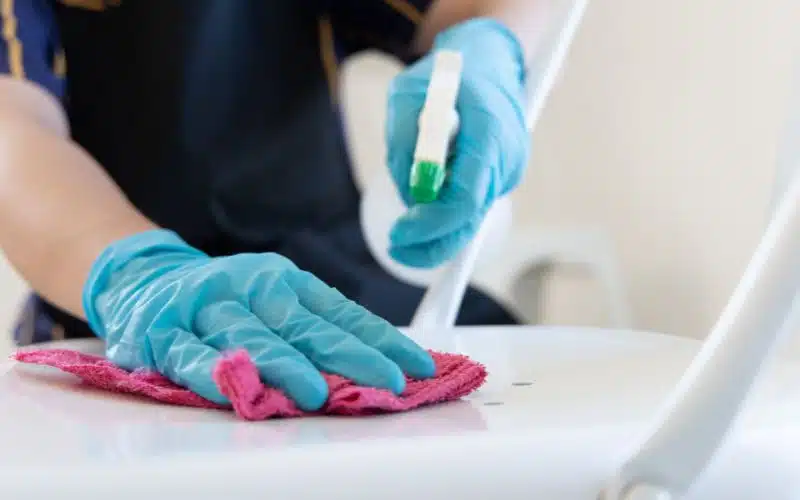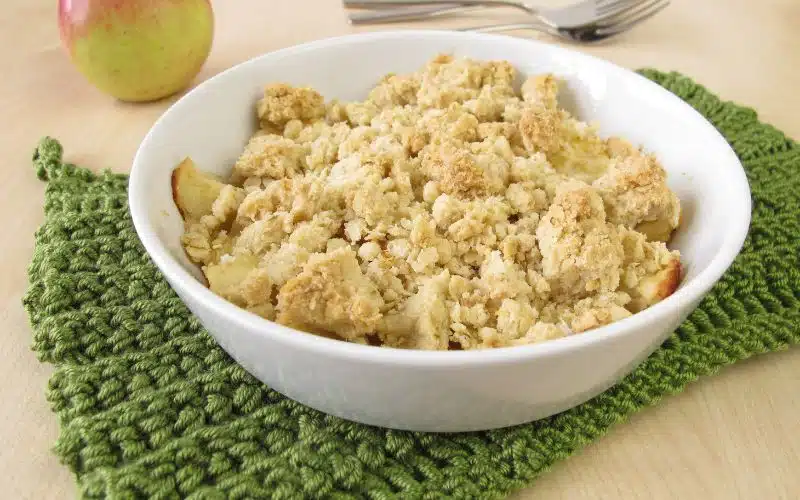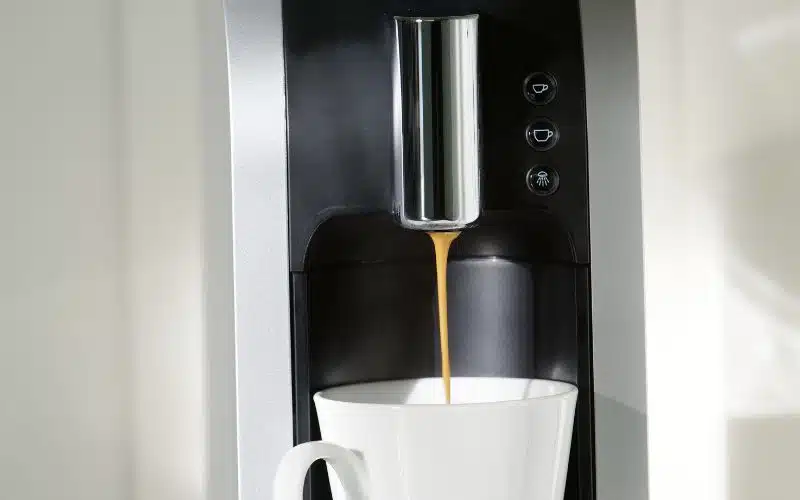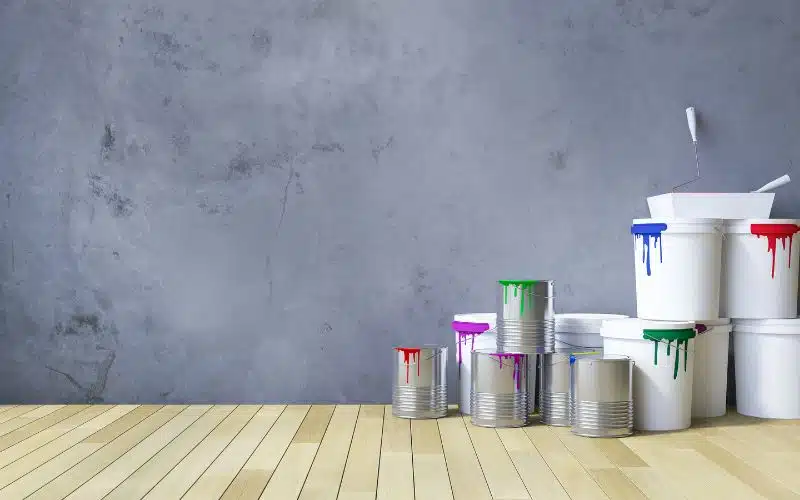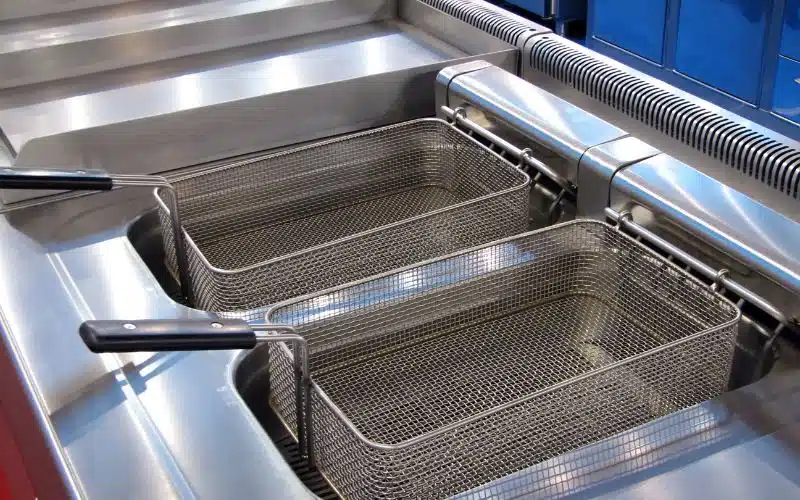The outcome of your building depends on the materials you choose during the construction or renovation period.
So it’s essential to know about construction materials to get an incredible result. This article will enlighten you on wall and ceiling lining materials: villaboard and plasterboard.
Both villaboard and plasterboard are internal lining materials. They are both generally accepted wet area systems. For plasterboard to serve the purpose of a wet area system, it must be water-resistant plasterboard and not the standard plasterboard. The standard plasterboard provides insulation for your buildings.
What Is a Villaboard?
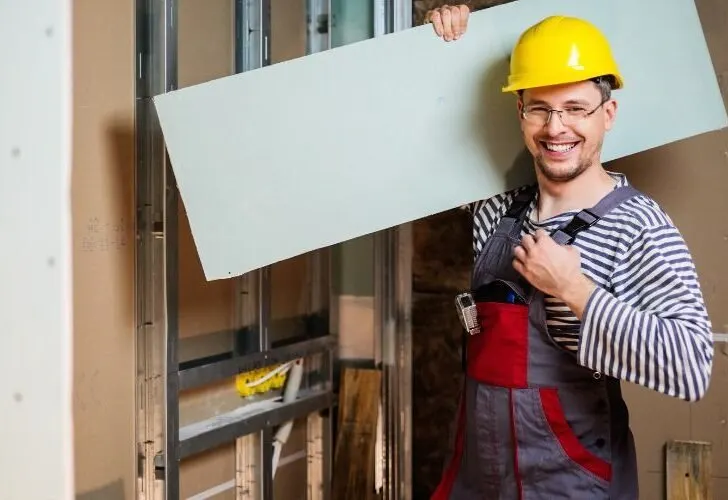
Villaboard is a building internal lining material made of fiber cement sheet. It’s flat, heavy, and smooth.
Villaboard is suitable for use in the wet areas of both your residential and commercial buildings.
Due to its water-resistant property, you can use villaboard as a wall lining material in your bathrooms, laundry corners, pools, toilets, and so on.
You can also use villaboard as a backboard for your wallpaper. Apart from wall lining, you can also use villaboard as a ceiling lining for the interior of your buildings.
The function of a villaboard is to protect the inner part of your building from water hazards.
Due to what it consists of, you can also call villaboard a fiber cement sheet. Villaboard can withstand super heavy stuff; for this reason, you can also use it as a backboard for your tiles.
Moreover, asides from the interior part of your buildings, you can use villaboard as a lining material during the siding of the outer part of your buildings. Villaboard is fire-resistant as well.
Villaboard comes in panels of different thicknesses, such as ¼” or ⅜.” You can use ¼” villaboard for residential purposes, while you can use ⅜” villaboard for commercial buildings. More so, it comes in different lengths and widths.
What Is a Plasterboard?
Plasterboard is one of the most common building materials. Plasterboard is produced from calcium sulfate dihydrate, popularly known as gypsum.
This gypsum is in the form of plaster between two heavy sheets of facer and backer paper. Plasterboard serves a wide range of purposes.
For example, you can use plasterboard as a lining material for your interior walls and ceilings.
If you hear gypsum board, drywall, wallboard, or wall panels, all these are other names of plasterboard.
Plasterboard is available in different kinds. Meanwhile, each kind has different purposes that are peculiar to them.
The most common three kinds of plasterboard are;
#1. Fire-resistant Plasterboard
The purpose of this plasterboard is to serve as a lining material for your walls or ceilings to protect your buildings from fire hazards.
It would be best if you used it in areas that have a high fire risk in your house.
You must note that fire-resistant plasterboard is not ideal for use in wet areas of your buildings, i.e., either residential or commercial buildings.
#2. Water-resistant Plasterboard
As its name implies, you can only use water-resistant plasterboard in the wet areas of your house, i.e., in areas with high moisture levels in your buildings, such as your bathroom, laundry room, toilet, kitchen, and so on.
#3. Acoustic Plasterboard
The function of acoustic plasterboard is to serve as a sound-proof in areas with a high noise level, such as cinemas, home theatres, etc.
In addition, plasterboard comes in different sizes, and the sizes are;
- 1800mm X 900mm
- 2400mm X 900mm
- 2700mm X 900mm
- 2400mm X 1200mm
- 2700mm X 1200mm
- 3000mm X 1200mm.
Villaboard vs. Plasterboard Cost
The villaboard and wet area plasterboard cost depend on the size you’re opting for. However, villaboards are generally more expensive than plaster boards.
Villaboard is more expensive because of what it’s made from and its effort to produce it.
Villaboard is made of fiber cement sheet, and its production requires optimum efforts than the production of wet area plasterboard.
Water-resistant Plasterboard Vs. Villaboard
Both water-resistant plasterboard and villaboard are popularly known for preventing the internal part of your buildings from water hazards. You can use both as a lining material for your walls, ceilings, tiles, etc.
Though both have a similar function, they also have some features that differentiate them from each other.
Check out the table below to discover the differences between water-resistant plasterboard and villaboard.
| Water-Resistant Plasterboard | Villaboard |
|---|---|
| Water-resistant plasterboard is made from gypsum, i.e., calcium sulfate dihydrate. | Villaboard is a board sheet that’s made from fiber cement. |
| The wet area plasterboard is lightweight. | Villaboard is heavier than water-resistant plasterboard. |
| Even though it’s lightweight, the plasterboard is wider than the villaboard. | Villaboard is thinner but harder than plasterboard. |
| The plasterboard is also water-resistant but not as strong as a villaboard. In addition, plasterboard decomposes over time if water hits it too much. | Villaboard is more resistant to water than plasterboard. As a result, it’s resistant to termites, rots, and water damage. |
| Plasterboard has a smoother surface than villaboard. | Villaboard has a rougher surface compared to plasterboard because it’s made from fiber cement. |
| Water-resistant plasterboard is easier to cut because of is lightweight. Moreover, it’s easier to install plasterboard. | Villaboard isn’t easy to work with. |
| Wet area plasterboard is less expensive. | Villaboard is costlier than plasterboard. |
Villaboard Vs. Plasterboard Durability
Villaboard is more muscular and heavier and has a higher tensile bond strength than water-resistant plasterboard.
Due to these features, villaboard is more durable than water-resistant plasterboard. Villaboard works incredibly well in high-traffic areas such as sitting rooms, bedrooms, etc.
It is more repellent to water than plasterboard and can stand well in the face of water hazards.
In addition, the unwavering ability of a villaboard to withstand high moisture makes it last longer than plasterboard, which can decompose over time.
Plasterboard vs. Villaboard Weight, Popularity, Waterproof Comparison
In terms of weight, villaboard is heavier than plasterboard because of what villaboard is made of.
Villaboard comprises a sanded fiber cement sheet, also called a fiber cement sheet. Plasterboard is produced from gypsum, which makes it underweight compared to villaboard.
Furthermore, in terms of popularity, people opt for villaboard rather than plasterboard. Perhaps, it’s because of the villa board’s impressive characteristics.
Though villaboard is more expensive than plasterboard, you should be going for quality materials irrespective of their cost due to durability.
In terms of waterproof ability, villaboard can stand more firmly in the face of water hazards than plasterboards.
Is Villaboard the Same As Plasterboard?
No, villaboard is not the same as plasterboard. The villaboard and plasterboard are two different building lining materials and contain different elements.
Villaboard is made from fiber cement, while plasterboard is made from hydrous calcium sulfate, i.e., gypsum.
Though they have a similar function, i.e., both have water-resistant properties, and some are fire-resistant, there are still a few differences between them.
For example, they have different weights, prices, and effects.
Plasterboard Vs. Villaboard, What’s Right For You?
We can’t say one is right for you; it depends on your choice. Both plasterboard and villaboard perform their function as a water-resistant lining material excellently.
However, there are some things you need to consider before settling for one.
These things include how thick you want the lining material to be, the price, the quality of the materials used for the lining production, where you want to install the lining, the size of the lining, and so on.
If you want a cheap lining material for your walls or ceilings to protect your house from water hazards, you should go for water-resistant plasterboard.
However, if you can afford a villaboard, it’s a better option because the villaboard is more durable.
Also, suppose you want the lining material for other purposes apart from water-repellents, such as fire-repellent or sound-proof.
In that case, you should go for fire-resistant and acoustic plasterboard because they are produced mainly for the purposes.
However, villaboard can also perform the function of a fire-repellent but not as much as fire-resistant plasterboard.
Moreover, you need to consider the quality of what the lining material is made from.
For example, Villaboard is made from fiber cement, making it stronger, thereby lasting longer than plasterboard made from gypsum. So, quality-wise, villaboard ranks higher than plasterboard.
And lastly, you need to consider your budget before choosing your building lining materials.
For example, Villaboard is costlier than plasterboard; it’s good if you can afford it. But if you can’t afford the cost of a villaboard, then plasterboard is a perfect alternative you can choose.
Conclusion
Builders use villaboard and plasterboard very well as lining materials for walls and ceilings.
Both villaboard and wet area plasterboard have water-resistant properties and also, and they have other few properties that differentiate them.
Meanwhile, villaboard stands well between the two in most features, making it the most popular and the most asked for.
